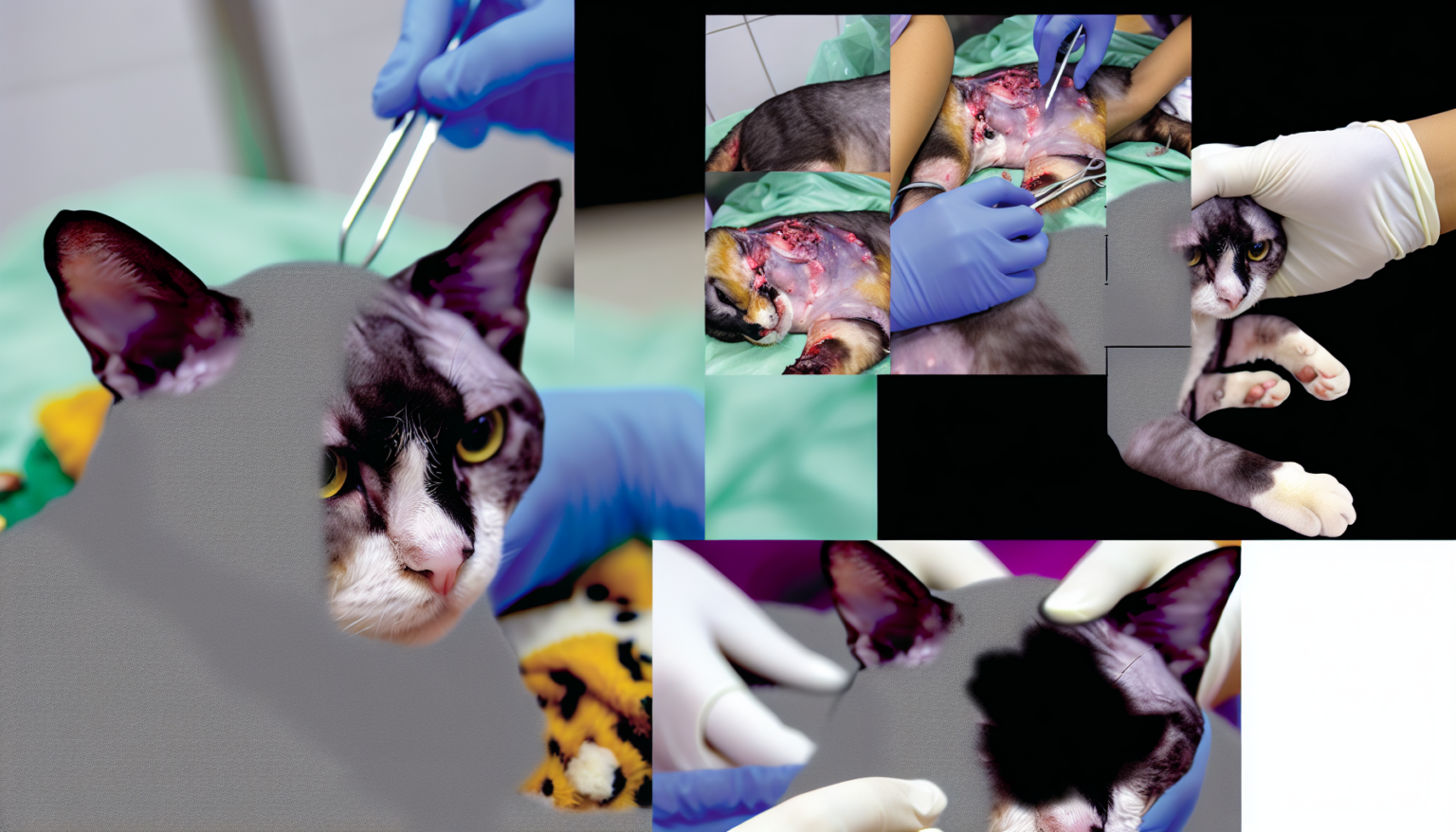Recovery time after neutering a cat: your calm, caring guide
Spay or neuter day is a big moment for your little shadow, and for you too. Wondering how long it really takes to feel like themselves again? Here’s a gentle, practical guide to help you support a smooth, stress-free recovery.
Neutering 101: what actually happens?
For males, neutering removes the testicles; for females, spaying removes the ovaries with or without the uterus. Fewer sex hormones mean no heat cycles, no roaming for love, and fewer hormone-driven behaviors.
Most cats can be fixed from around four to six months, though your vet may tailor timing to health and lifestyle. The surgery is routine, fast, and performed under general anesthesia with pain control.
Why it matters for health and behavior
- Lower risks: females avoid pyometra (a dangerous uterine infection) and certain reproductive cancers; males reduce the risk of testicular cancer.
- Calmer conduct: less roaming, spraying, and mating stress means a more peaceful home.
- Community good: fewer accidental litters helps shelters and street cats.
The real recovery timeline
The first 24 hours
Expect sleepiness, a wobbly walk, and a smaller appetite—that’s the anesthesia wearing off. Offer a warm, quiet nest and keep lights low. Short, gentle check-ins beat constant hovering.
Surprising fact: cats take anesthesia like tiny ninjas—they often metabolize it quickly, yet can still be groggy for up to a day. That combo explains the “I’m fine—oops, not yet” vibe.
Curious what normal looks like after surgery? Review the key signs your cat is in good health so you can spot true red flags at a glance.
Days 2–7: steady and supervised
Energy rises, curiosity returns, and jumping attempts begin—this is the risk window. Keep activity calm and avoid stairs, zoomies, and high perches.
- Male cats often look comfortable by day 2–3.
- Females have a larger incision and may need closer supervision for the full week.
- Keep the cone or recovery suit on unless your vet advises otherwise.
Days 8–14: the finish line
By two weeks, most cats are back to normal routines, and sutures (if any) are often removed around this time. Some cats bounce back faster, but healing skin and internal tissues still need protection.
Common mistake to avoid: removing the cone “because she looks fine.” Licking delays healing and can cause infection or open the incision—keeping protection on saves tears (and extra vet visits).
Aftercare that actually helps
Set up a cozy recovery zone
Choose a quiet room with a warm bed, soft blanket, and easy access to food, water, and a low-entry litter box. Dim lighting and familiar scents feel soothing.
Tip you’ll love: set the bed near a safe, low perch or a ground-level section of her cat tree so she can “supervise” without risky climbing.
Food, water, and meds
- Offer small, frequent meals the evening of surgery or the next morning, per your vet’s advice.
- Fresh water within paw’s reach encourages gentle sipping.
- Give pain meds exactly as prescribed—no human painkillers, ever.
Handy trick: slightly elevate food and water bowls with a sturdy book for a day or two—less neck stretch makes eating more comfortable post-op.
Litter box logistics (quiet but crucial)
Use a low-sided tray to avoid stretching the abdomen, especially for females. Keep litter dry and clean; clumping litter is usually fine unless your vet suggests otherwise.
Thinking of a refresh while you’re at it? Here’s a quick guide to choosing the best litter for your cat that’s gentle and low-dust—perfect for recovery.
Movement, play and keeping the incision safe
Activity you can allow
- Short, calm strolls around the room.
- Food puzzles on the floor to slow zoomy urges.
- Soft, low play with wand toys—no leaps or high pounces.
What to pause for 10–14 days
- Running, jumping, roughhousing with other pets.
- Baths or grooming the incision area.
- Outdoor adventures (even supervised).
If accidents or stress trigger marking while they heal, it’s temporary. For background on causes and fixes, see why cats pee outside the box and what you can do.
Incision checks: what’s normal, what’s not
Looks normal
- Mild swelling, light redness, a thin scab line.
- Minimal clear or slightly pink discharge in the first day.
- Normal appetite returning within 24–48 hours.
Call your vet urgently if you notice
- Hot, very red, or rapidly swelling incision, or any gaping.
- Thick yellow/green discharge, persistent bleeding, or a bad odor.
- Repeated vomiting, lethargy beyond 24 hours, fever, or refusal to eat.
- Relentless licking despite a cone or suit.
Female vs male recovery: the quick snapshot
- Males: usually smaller incisions, faster comfort, often back to themselves within a few days, but still need 10–14 days of protection.
- Females: abdominal incision needs more rest; protect from jumps and stretches for the full two weeks.
FAQ
How long is the recovery time after neutering a cat?
Most cats heal well within 10–14 days. Males often feel better sooner; females need the full two weeks of rest and incision protection.
When can my cat stop wearing the cone?
Usually after 10–14 days or once your vet confirms the incision is closed and calm. Removing it too soon often leads to licking and complications.
Is it normal if my cat won’t eat the first day?
A smaller appetite for 12–24 hours can be normal post-anesthesia. Offer small meals and call your vet if your cat refuses food beyond 24–48 hours.
Can I let my cat jump or climb before two weeks?
It’s best to avoid it. Even if they seem fine, jumps can pull at sutures and slow healing—keep play gentle and low until your vet gives the all-clear.







